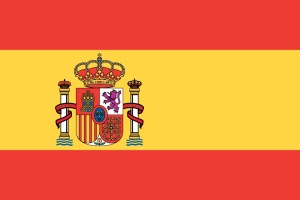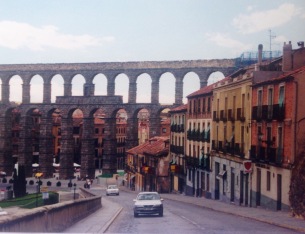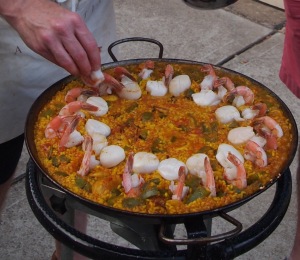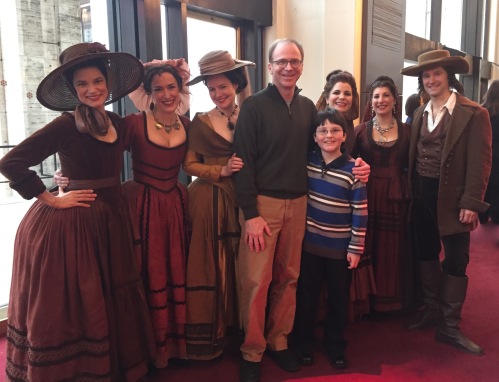In my experience teaching world languages, I have taught children, teenagers and adults. I began teaching world languages, by default, as a young adult. Sharing my passion for languages has always been a rewarding experience for me. I have enjoyed teaching adults because they are always motivated and dedicated. I believe that their motivation and dedication stems from having a goal, such as a business trip, a promotion, a dream to work abroad, etc. It appears to me that learning a second language is “easier” when there is a goal or purpose.
I have noticed that children starting at about the age of 10 and 11 are more similar to adult language learners as opposed to younger children who are usually excited about learning a second language simply because it is fun and different. Tweens and teens, typically need to have a personal goal in order to be motivated. They do not relate to a generic goal, such as: “if you speak a second language, you will have more opportunities” or “you will be successful if you are bilingual.” Tweens and teens need to make a personal connection with the language they are learning or mastering in order to find the motivation that will enable them to follow through and become fluent or proficient.
I will share four examples in this blog post of how teens and tweens can turn their passions into the motivation needed to master a second language.
The artistic child – a child who expresses an interest in the performing arts would benefit greatly from recognizing the relevance of mastering a second language. This realization will aid the child in developing the motivation and dedication that I have seen in adults with language learning goals. Universal musical terms are mainly in Italian, opera libretti have been translated, but reading and confidently singing an opera in its original language (typically German and Italian) is an astounding achievement. Choirs or choral groups typically sing in languages other than their official language such as Ukrainian, Latin, Russian, French, etc. Learning a second language will most likely help a child’s musical experience by perfecting his pronunciation, facilitating the ease in picking up the new vocabulary, boosting their self confidence, and improving their ability to read music more naturally. What artistic child wouldn’t want to have this advantage? Learning and mastering a second language becomes more relevant to children in this context.
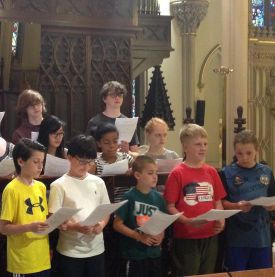
Children’s Cathedral Choir
The international or exchange student – A teen or tween who is interested in studying abroad either in high school or college can work towards fluency in a second language in order to enrich his experience while studying abroad. A world language is not just another school subject or a “chore” to practice at home in this context. A world language becomes the key to a more fruitful and enjoyable future experience. A world language becomes relevant when the child understands why he is trying to become proficient in the second language. The child with a goal to study abroad, will develop the motivation necessary to help him reach his goal.
This child was me. In hindsight, I strongly believe that both of my study abroad experiences were priceless and shaped me into the person I am today. Having had the goals really paid off. It was a true adventure in self-discovery! This Forbes.com article highlights how studying abroad makes better leaders.
The international Formula-1 driver – I have used this scenario jokingly but successfully with my 8 year old. He wants to be a race car driver when he grows up. This goal is what motivates him at this stage of his life. “Well, if you plan to travel around the world racing fast cars,” I said to him, “don’t you think it would be wise to speak some of the languages of some of the exciting countries you will be visiting?” He looked at me skeptically, smirked and said, “Yes – you are right, it would be good to know the language to communicate with people at the race.” Gotcha!
The international chef/restauranteur – my older son, who loves to cook, believes there is a future for him in the realm of international restaurants. He loves food, he loves resorts and he loves world languages. Why not combine all three of his passions and pursue his dream of being a chef at a luxury resort? My son is only 10, and it may be too soon to tell what path he will ultimately take, but if this is what motivates him to keep up with his world languages, we support him and his goal.
My childhood friend and world-renowned restauranteur, winemaker, author, and television personality, Joseph Bastianich, is a more concrete example of this scenario. Joseph and I were classmates during our tween and teen years. We shared a few commonalities. We were two American children who grew up hearing, speaking and learning the heritage language of our family, Italian. During our tween and teen years, we practiced our Italian by speaking to one another. We were proud of our language skills at that early age and I would venture to say, that we still feel that same pride, respectively. At first, he pursued a career in finance, with little to no need to speak a second language. Over time, Joseph followed in his parents’ footsteps and became a highly successful restauranteur. Most recently, he has displayed his eloquent language skills on Italian television on MasterChef Italia (the Italian version of a culinary talent show) as a regular judge on the show. It is fun to think back to our childhood conversations in Italian and then watch him speak so confidently, in his second language on Italian national TV. His love of the Italian language has helped him in his current career although, not necessarily in his first career.
As parents, we should help our children make a personal connection between their passions and the target language. We should help them see how mastering the target language will help them achieve what they might want for themselves in their future. Their personal goal could be as whimsical as being a Formula-1 driver or as specific as being an opera singer. In the end, whatever route they take, their languages will always be with them. If you would like to read a fellow blogger’s Tips on Motivating Pre-Teens click here for some additional advice and creative tips. Enjoy!
What are some of your children’s career goals and how can you help your children relate their goals to a world language or second language?

